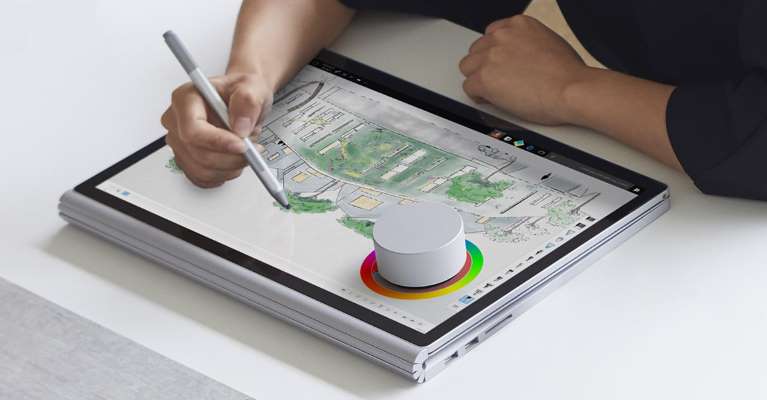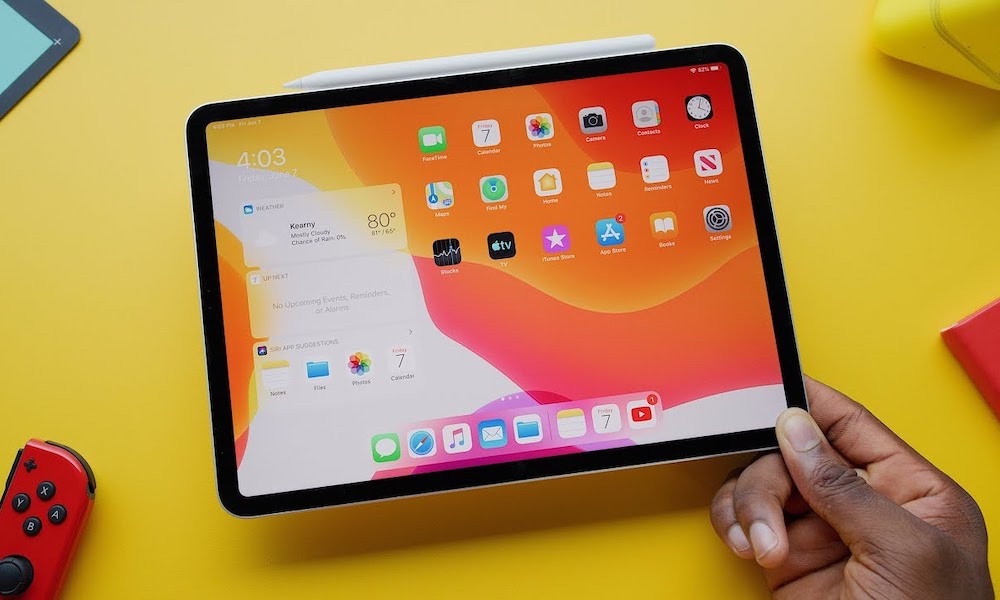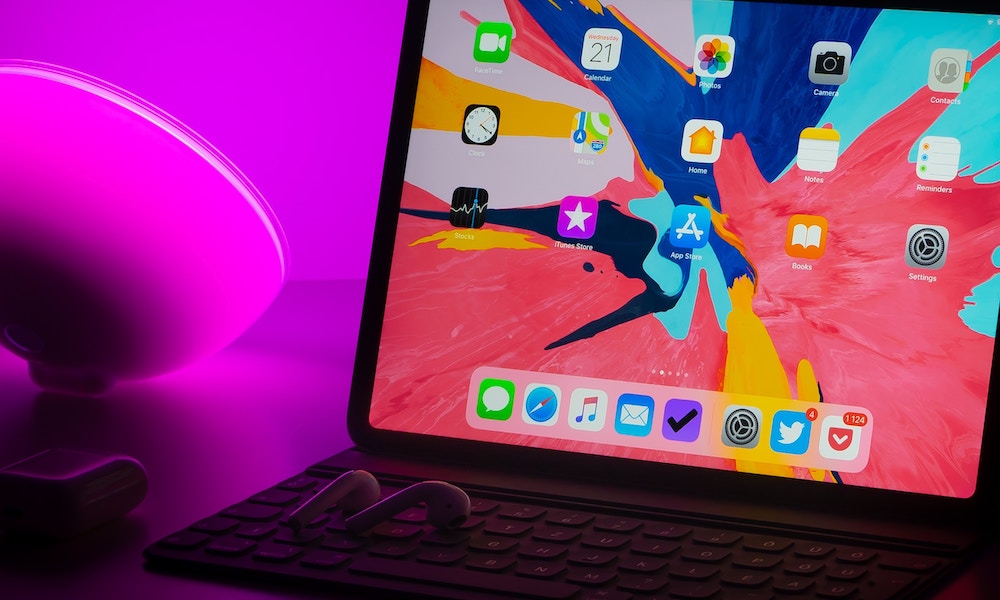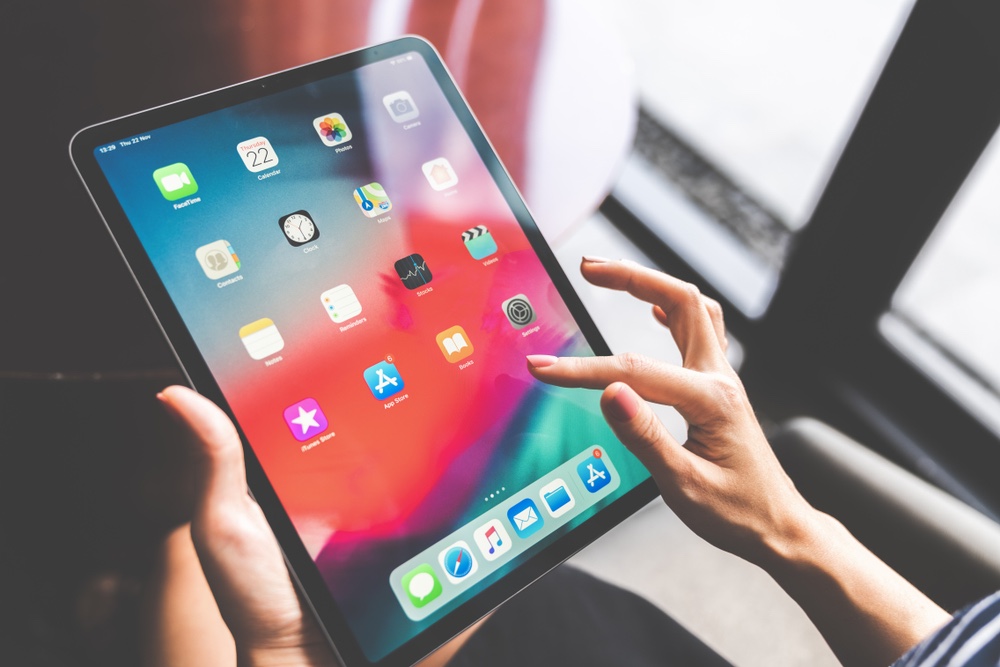5 New Features the iPad Needs to Continue Thriving This Year
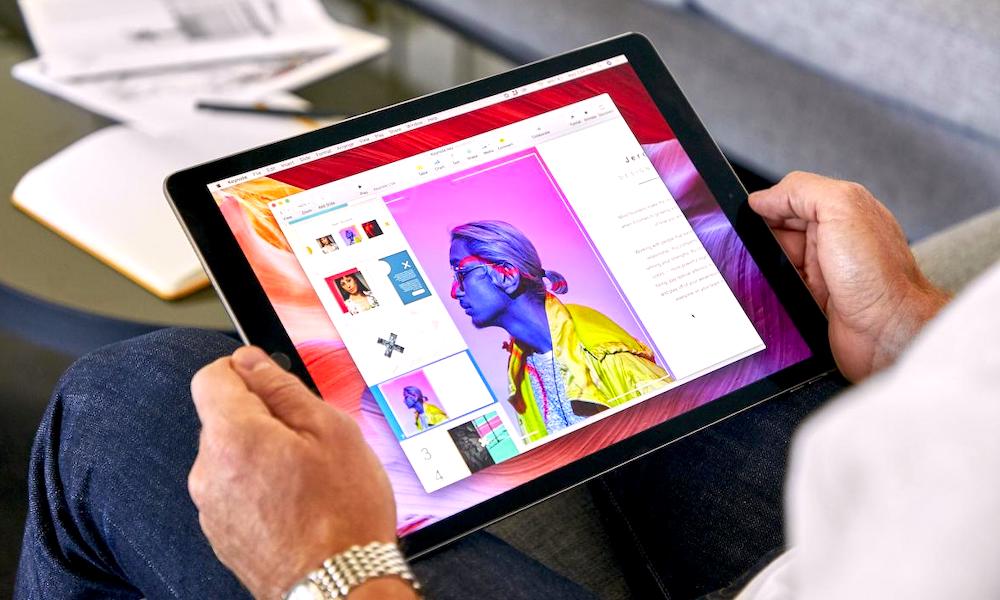 Mac Life
Mac Life
Since the latest Apple financial update, the iPad has actually been selling quite well. The newest iPad lineup must have been exactly what people were looking for, because 2019 has seen the strongest sales for the tablet in years. Now Apple's leading goal for the iPad is to keep the momentum going, but that could be a challenge. The tablet and 2-in1 markets are bigger than ever, filled with many competitive devices, and so far Apple's main iPad innovations have been to make the display edge-to-edge and add Face ID. But is that enough?
If iPad sales are to stay strong, Apple should consider adding fresh new features to its next iPad lineup. The formula has remained the same for a little too long now. But what features would be a good fit for the famous tablet? What do people need from an iPad? Continue reading to learn 5 Changes and Updates the iPad Needs to Continue to Thrive.
A 'Dial' Like the Surface
If Apple really wants the iPad Pro to appeal to creative professionals, they should offer a "dial" like the one Microsoft has for its Surface devices. You place the dial on the touchscreen and use it to control apps, palettes, fonts, settings – anything that would usually take a long time on a tablet, but is much easier with a twist of a dial.
Of course, Apple doesn't have to copy the Surface Dial exactly, but a similar accessory or even built-in feature would be a huge boon to artists and designers. Plus, thanks to the iPad's sales, there are a lot of people out there who already own an iPad and might be interested in buying such a device to expand their tablet's capabilities.
iPadOS with a Dual Boot Option
This is more than a wish – it's actually one of the things that's confirmed for the upcoming generation of iPads. And while iPadOS may not be a design change, it's a step in the right direction that we're glad to see. iPadOS is similar to iOS, but it will feature a number of new capabilities explicitly made for the iPad, and even more specifically for professional iPad Pro models. These include new gesture controls, better Safari browsing, more robust file management, and more.
Of course, if Apple really wanted to impress us, they'd also offer a dual boot option that would allow you to boot your iPad into macOS as needed. That's one feature the iPad Pro needs to help it become a business-friendly device (even if the chances of Apple allowing this are slim to none).
OLED Displays
We know that Apple is investing more into OLED screens, but we're not quite sure what the company is going to do with them for its larger devices. Some rumors say the new iPads might have OLED screens, and we love this idea. It won't interfere with the iPad's design, but it would make a noticeable boost in screen quality. OLED screens are brighter, more vivid, and even thinner than the most advanced LED panels.
The only problem with switching to OLED screens is that it usually means a price hike – and for larger screens, that new price may be significantly higher. The latest iPads are already expensive enough, so we hope Apple will do whatever is necessary to keep costs down for consumers if (or when) they make this move.
True Edge-to-Edge Displays
The latest iPad Pro ditched the Home button and expanded the screen, which is great. But why not go further? Apple, get rid of bezels altogether. Who needs them? Make the next iPads nothing but screen. You can still include a notch for the camera, of course, but everything else should be the screen. It would make the iPad stand out – and look really cool at the same time.
Built-in Grips..
Here's an interesting design change for you – we want grips.. The larger iPads, in particular, are challenging to hold creating the fear that they'll slip, fall and crack. As for holding them in the air for long periods of time (more common in work environments), it gets tiring quickly. We would really like to see a built-in grip or rubber pad, right there on the iPad, so you don't need to buy a cover to get a good hold on the device.
The counterpoint to this is that Apple is probably afraid of compromising the structural integrity or design of the iPad by doing this – but surely their brilliant engineers could have come up with a way by now?

